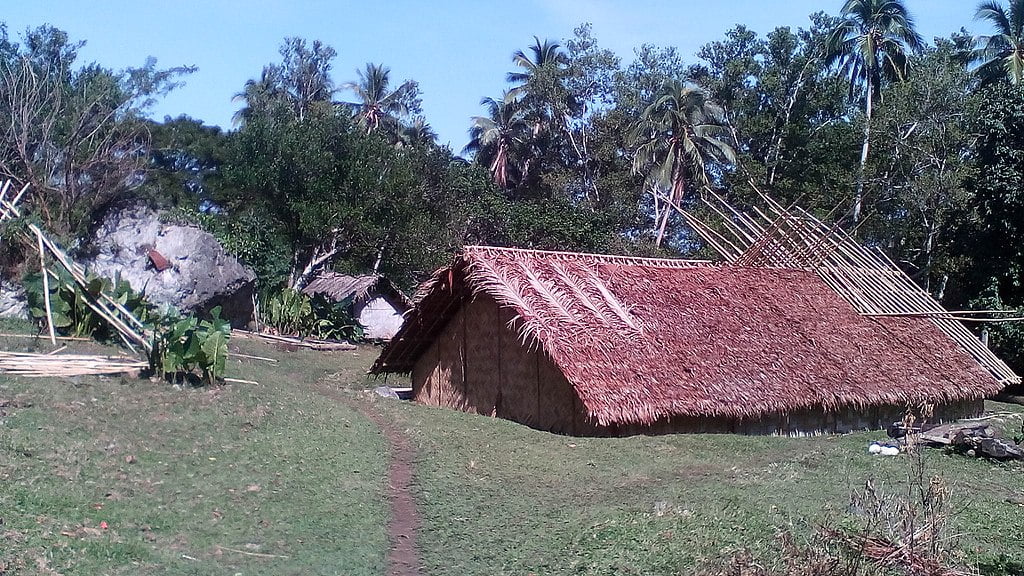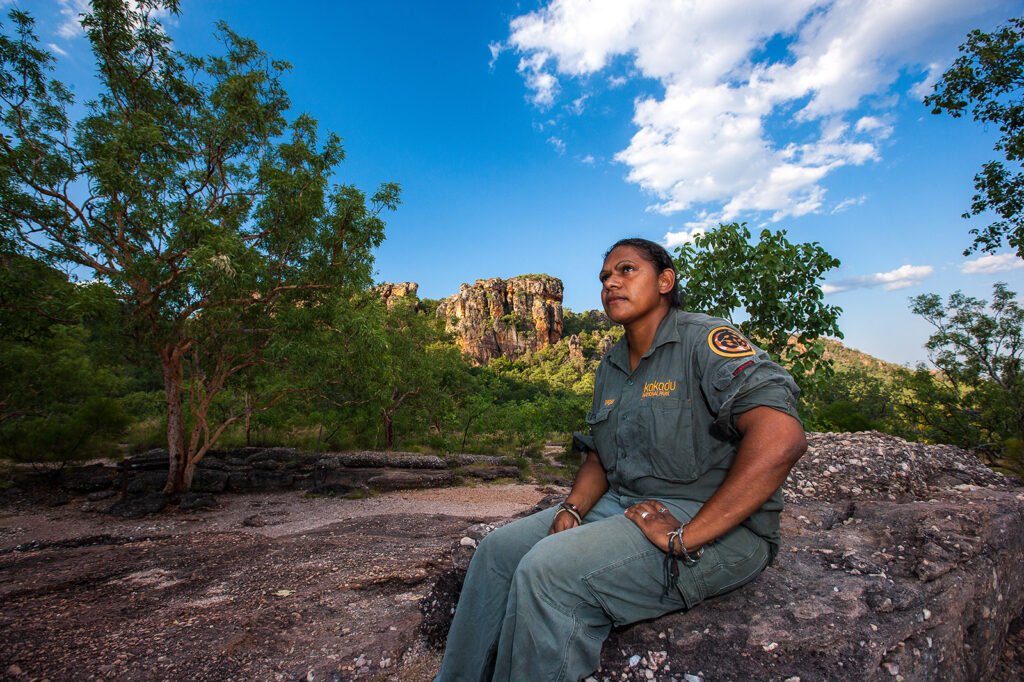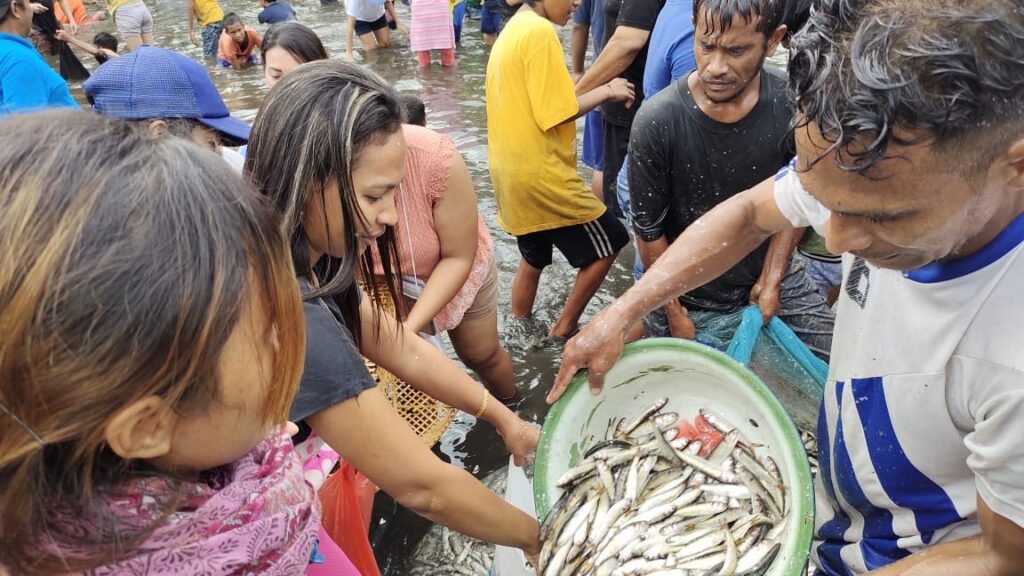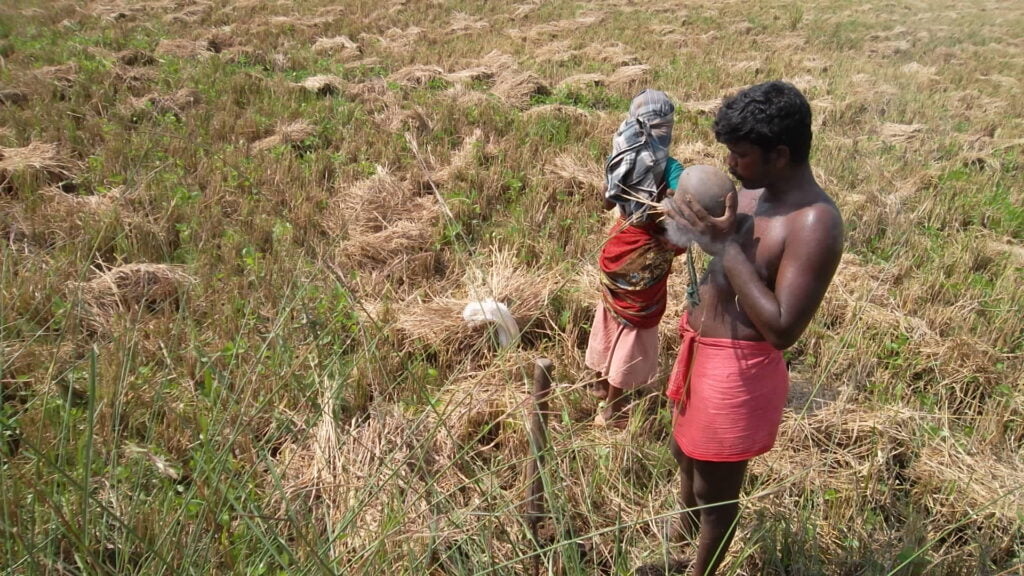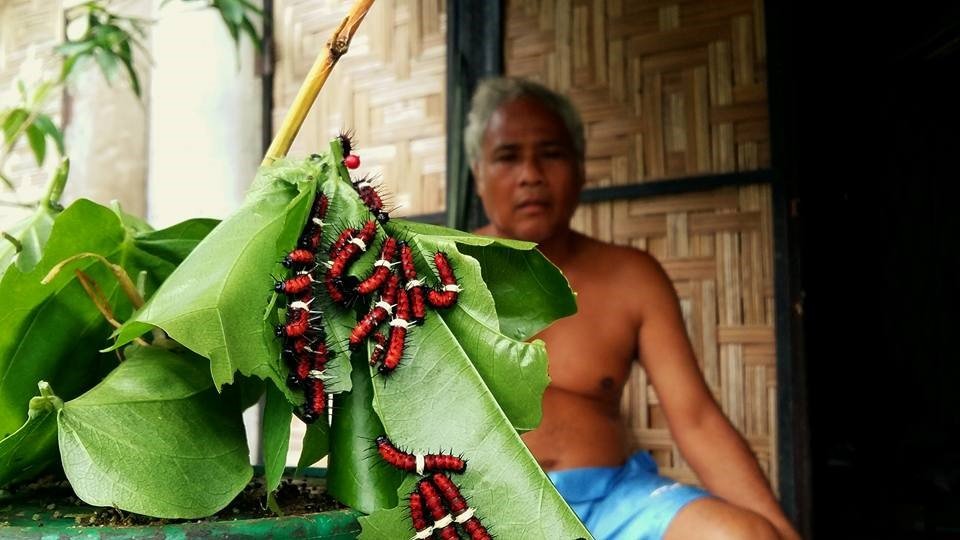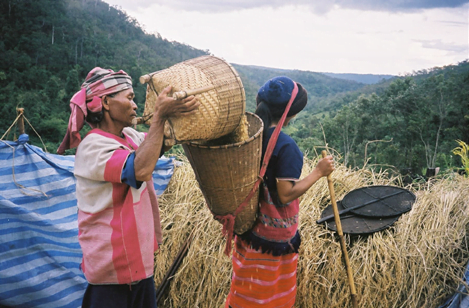Fire fighting methods used successfully for generations in Australia can help more communities globally counter the threat of wildfires.
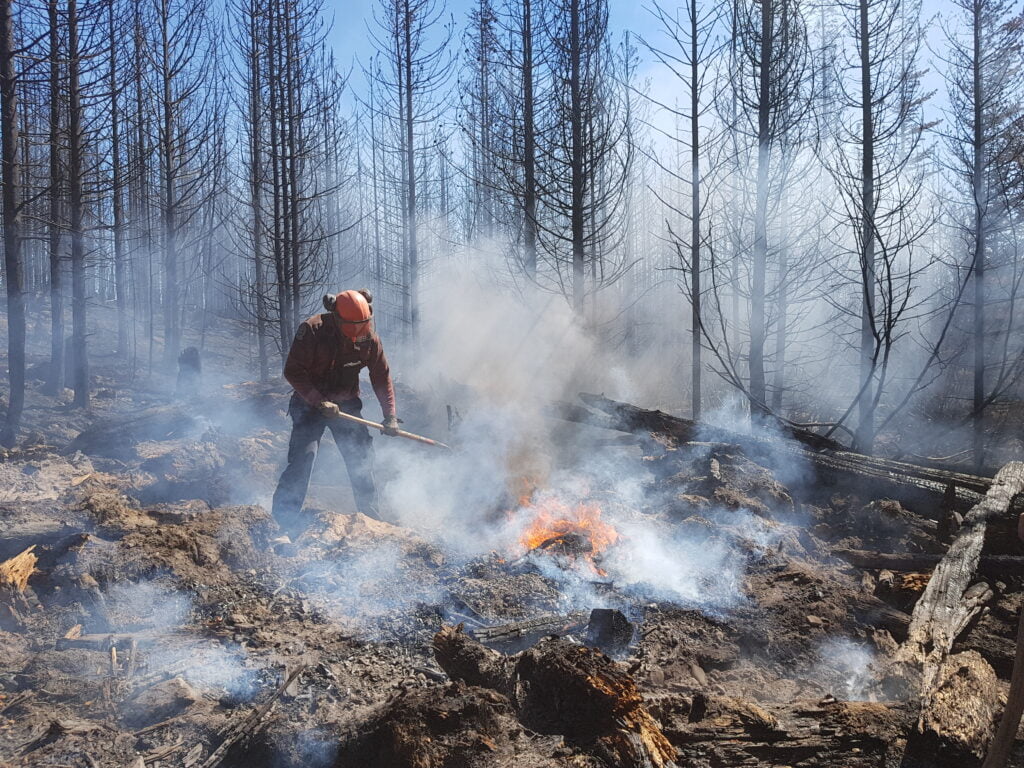 Fire is often seen as a threat and not a tool. : Province of British Columbia/Flickr CC BY-NC-ND 2.0
Fire is often seen as a threat and not a tool. : Province of British Columbia/Flickr CC BY-NC-ND 2.0
Fire fighting methods used successfully for generations in Australia can help more communities globally counter the threat of wildfires.
Wildfires moving unpredictably with flickers as tall as buildings are happening more regularly around the world. As the scale and magnitude of the 2020 Australian summer wildfires still looms large across the national and global psyche, there is a need to reimagine how natural landscapes can be better managed to prepare for similar disasters in the future.
Fighting fire with fire might seem counterintuitive to many people, but Indigenous Australian burning techniques have made a significant difference to wildfire management for centuries, and are now being trialled globally.
The International Savanna Fire Management Initiative was established in 2012 to share the northern Australian traditional fire management techniques around the world. It’s an active network of world leading Indigenous organisations, traditional owners and experts with decades of experience and funding from the Australian Government’s Department of Foreign Affairs and Trade.
Fire is often seen as a threat and not a tool — with suppression still dominating the way the world approaches wildfire management. By using the valuable lessons from Indigenous communities in northern Australia and adopting the techniques at scale, traditional fire management can provide a solution to increasingly intense climate change-induced wildfires.
Indigenous Australians have used traditional fire burnings for generations. Combining their traditional knowledge with modern science and technology, they burn early, keep fuel loads down and reduce destructive wildfires. This leads to a decrease in greenhouse gas emissions, which in turn provides carbon market opportunities.
The experience and knowledge developed by the rangers in northern Australia is transferable to other contexts and environments. It is not, as one might expect, only relevant to the local context and country where the knowledge exists. Traditional fire management requires fewer resources, reduces the amount of wildfire by around half, protects biodiversity and is much safer than European-style fire management.
These methods are being trialed in Botswana with positive results — they protected Tsodilo Hills, a World Heritage Site, from the 2021 destructive late dry season fire and abated 15,000 tonnes of greenhouse gases. More international collaborative work is now set for Zambia, Zimbabwe, Angola, Mozambique, Brazil, Belize, Indonesia, Papua New Guinea and Timor-Leste.
The first Australian project to use traditional fire management to generate carbon credits was the Western Arnhem Land Fire Agreement in 2006. Since 2014, four north Kimberley native title groups — Dambimangari, Wilinggin, Wunambal Gaambera Uunguu and Balanggarra — generated more than one million Australia Carbon Credit Units by undertaking fire management projects and became the first Indigenous groups in Australia to register carbon businesses across their exclusive possession native title lands. It has provided communities with much needed revenue to continue traditional fire management methods and set up other commercial businesses such as producing bush tucker (food).
Today there are 75 traditional fire management-inspired greenhouse gas emissions reduction projects across a quarter of northern Australia’s 1.2 million square kilometre fire-prone savanna region — producing tangible benefits for communities and the environment. An analysis by Charles Darwin University found savanna burning projects have halved the frequency of wildfire on Indigenous lands over the last decade at an annual average reduction of nearly 3 million hectares, an area equivalent to nearly half the size of Tasmania.
The application of traditional fire management, the improvement in the fire regime and income generated from carbon credits have also generated substantial additional benefits by creating market-based jobs in remote and vulnerable communities, improving biodiversity, reinvigorating culture and improving food security and health. These projects, the rangers and Indigenous organisations involved are now the front line of fire fighting and management across northern Australia.
Despite the progress, wildfires have been increasing in severity and frequency around the world due to climate change and will only get worse. As a result the world needs more traditional fire management.
Given the widespread fear of fire, effectively retraining people and communities to adopt traditional fire management requires real demonstrations undertaken by real people. Simulations and other training tools using ex situ methods have a very limited impact. This means there is no substitute for two-way knowledge exchanges.
Scale is key for effectiveness. Traditional fire management relies on preparation and burning actively, strategically and at appropriate landscape scale before the fire season starts. In northern Australia, Indigenous rangers burn on average 30 percent of the landscape in the early dry season to reduce the risk of late dry season wildfires.
In southwestern Australia, fire management practice established since the 1960s shows prescribed fuel reduction needs to be undertaken annually in more than 10 percent of forested landscapes to reduce wildfire risk, with substantially greater mitigation efforts in close proximity to communities and other assets.
A couple of small sites, with a few local people, will not make the impact that is necessary. The entire community needs to be involved and much more seasonal burning undertaken than has been possible so far. A significant increased resourcing of traditional fire management approaches, including contracting Indigenous rangers and local community groups, will help alleviate recognised problems associated with diminishing climate-safe days for implementing prescribed mitigation burns.
Traditional knowledge and practices of Indigenous Australians is gaining increasing recognition around the world, not only as a viable strategy to mitigate bushfires, but also as a potential greenhouse gas mitigation option. We just need to take in the lessons of those who have been managing their land for centuries before us.
Sam Johnston is a lawyer with over 30 years of international experience and a senior fellow at the University of Melbourne Law School. He leads the International Savanna Fire Management Initiative, a not-for-profit initiative working in partnership with Indigenous peoples, local communities, research institutes and governments toward revitalising Indigenous fire management and fire management techniques.
His work is funded by the Australian Government, UN Food and Agriculture Organisation and Green Climate Fund.
Originally published under Creative Commons by 360info™.




